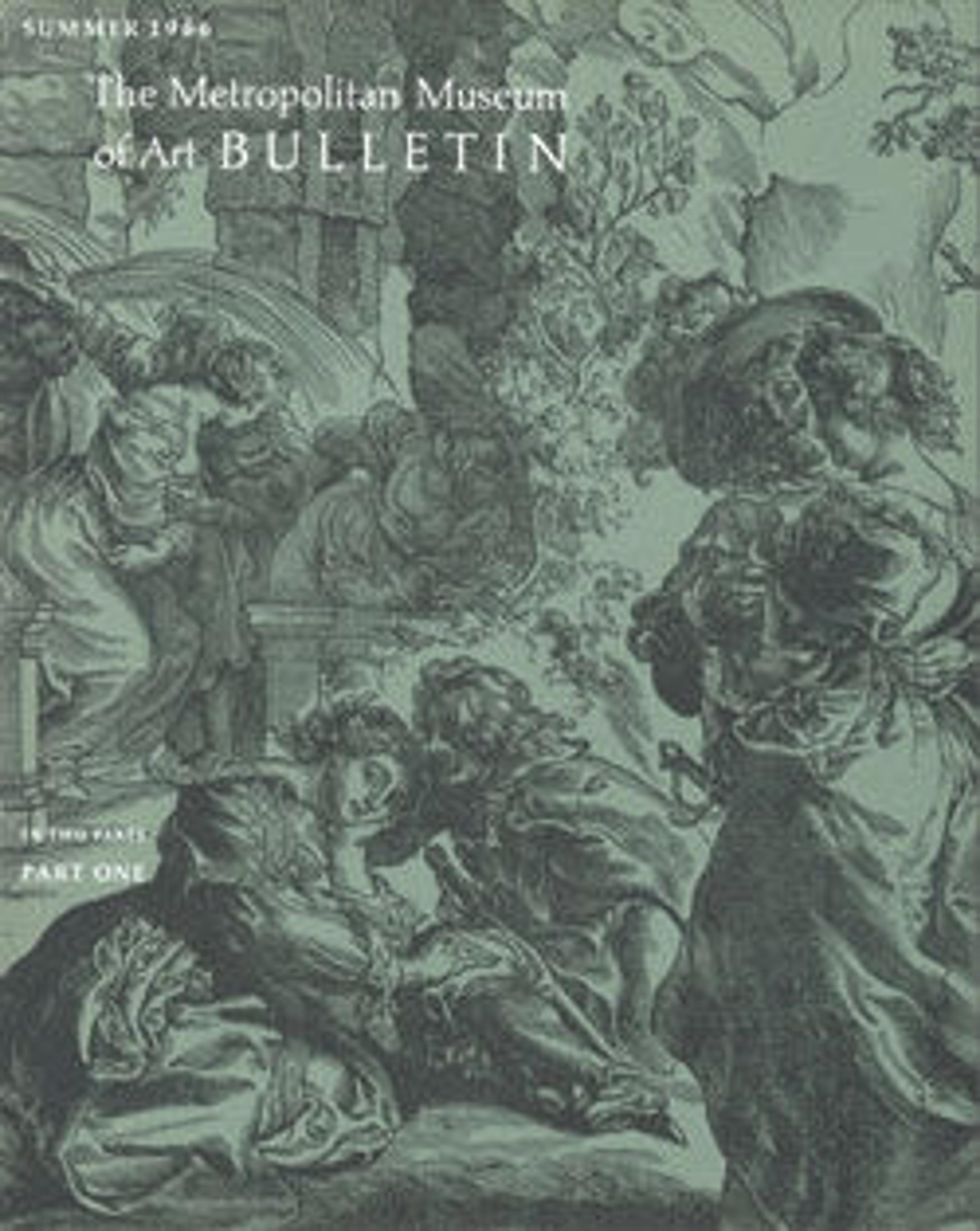The Garden of Love (right portion)
Rubens supervised the engravers who reproduced his paintings throughout his career. Only in the early 1630s did he turn to woodcuts, in close collaboration with Christoffel Jegher. These monumental drawings are models based on a composition also known from Rubens’s painting in the Museo del Prado, Madrid. They were made for Jegher’s woodcuts, which reproduce them in reverse. The initial design in black chalk is by Rubens, while most of the rest of the drawing can be attributed to a workshop assistant. The drawings essentially transform the composition into a frieze, most notably by dividing it into two separate parts, pushing the figures to the foreground and cropping the architecture at the top. This frieze-like adaptation gives the figural groups a wonderful immediacy.
Artwork Details
- Title: The Garden of Love (right portion)
- Artist: Peter Paul Rubens (Flemish, Siegen 1577–1640 Antwerp)
- Artist: Workshop of Peter Paul Rubens (Flemish, Siegen 1577–1640 Antwerp)
- Date: ca. 1633–35
- Medium: Pen and brown ink, brush and brown and green wash, heightened with light blue gouache, over black chalk
- Dimensions: 18 3/4 x 27 13/16 in. (47.6 x 70.6 cm)
- Classification: Drawings
- Credit Line: Fletcher Fund, 1958
- Object Number: 58.96.2
- Curatorial Department: Drawings and Prints
More Artwork
Research Resources
The Met provides unparalleled resources for research and welcomes an international community of students and scholars. The Met's Open Access API is where creators and researchers can connect to the The Met collection. Open Access data and public domain images are available for unrestricted commercial and noncommercial use without permission or fee.
To request images under copyright and other restrictions, please use this Image Request form.
Feedback
We continue to research and examine historical and cultural context for objects in The Met collection. If you have comments or questions about this object record, please contact us using the form below. The Museum looks forward to receiving your comments.
